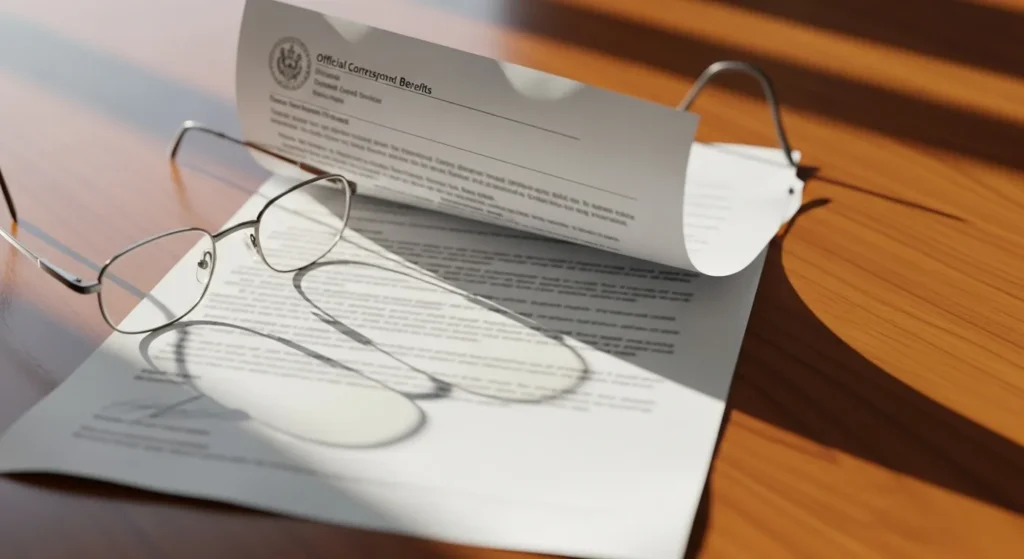
A Step-by-Step Guide to Applying for Benefits
Once you’ve determined you may be eligible for divorced spouse benefits, the next step is the application process. While it might seem daunting, breaking it down into manageable steps can make it much simpler. The Social Security Administration has made the process more accessible than ever, but being prepared is key to a smooth experience.
Step 1: Gather Your Essential Documents
Preparation is everything. Before you start your application, take the time to gather all the necessary paperwork. Having these documents on hand will prevent delays and ensure the SSA has everything it needs to process your claim accurately.
You will typically need:
Your Personal Information: This includes your original birth certificate (or other proof of birth) and your Social Security number. If you were not born in the U.S., you will need proof of U.S. citizenship or lawful alien status.
Marriage and Divorce Documents: You will need your original marriage certificate to prove the marriage occurred. Most importantly, you need a copy of your final divorce decree. This legal document is what the SSA uses to verify that your marriage lasted for the required 10 years.
Information About Your Ex-Spouse: You will need your ex-spouse’s Social Security number. If you do not know it, don’t panic. The SSA can often help locate it if you can provide other key information, such as their full name, date and place of birth, and their parents’ names. Having their SSN, however, will significantly speed up the process.
Work and Banking Information: The SSA will ask about your work history and may require tax documents like your W-2s or self-employment tax return for the previous year. You will also need your bank account information (routing and account numbers) so that your benefits can be deposited directly, which is the standard method of payment.
Step 2: Decide When to Apply
The timing of your application has a significant and permanent impact on your monthly benefit amount. You can apply for benefits up to four months before you wish for them to begin. The earliest you can start receiving divorced spouse benefits is age 62. While this might be tempting, claiming early comes at a cost. Your monthly payment will be permanently reduced. If you can afford to wait until your full retirement age (FRA), you will receive 100 percent of the benefit you are eligible for (up to the maximum of 50 percent of your ex-spouse’s FRA amount). Waiting beyond your FRA does not increase a divorced spouse benefit, so there is no financial advantage to delaying past that point.
Step 3: Choose How to Apply
The SSA offers several ways to apply for benefits, allowing you to choose the method that works best for you.
Online Application: For most people, the easiest and fastest way to apply is online through the official SSA website. The online application is secure, can be completed from the comfort of your home, and allows you to save your progress and return later if needed. You can find the application and more resources on the Social Security Administration (SSA) website.
By Phone: If you are not comfortable with computers or have specific questions, you can call the SSA’s national toll-free number to apply over the phone. A representative will guide you through the questions and complete the application for you.
In Person: You can also schedule an appointment to apply in person at your local Social Security office. This can be a good option if your situation is complex or if you prefer face-to-face assistance.
Step 4: Follow Up and Await a Decision
After you submit your application, the SSA will review it along with your supporting documents. This process can take several weeks or even a few months. The SSA will contact you if they need any additional information. Once a decision is made, you will receive an award letter in the mail. This letter will detail your monthly benefit amount, the date your payments will begin, and other important information. Be sure to read it carefully and keep it for your records.










